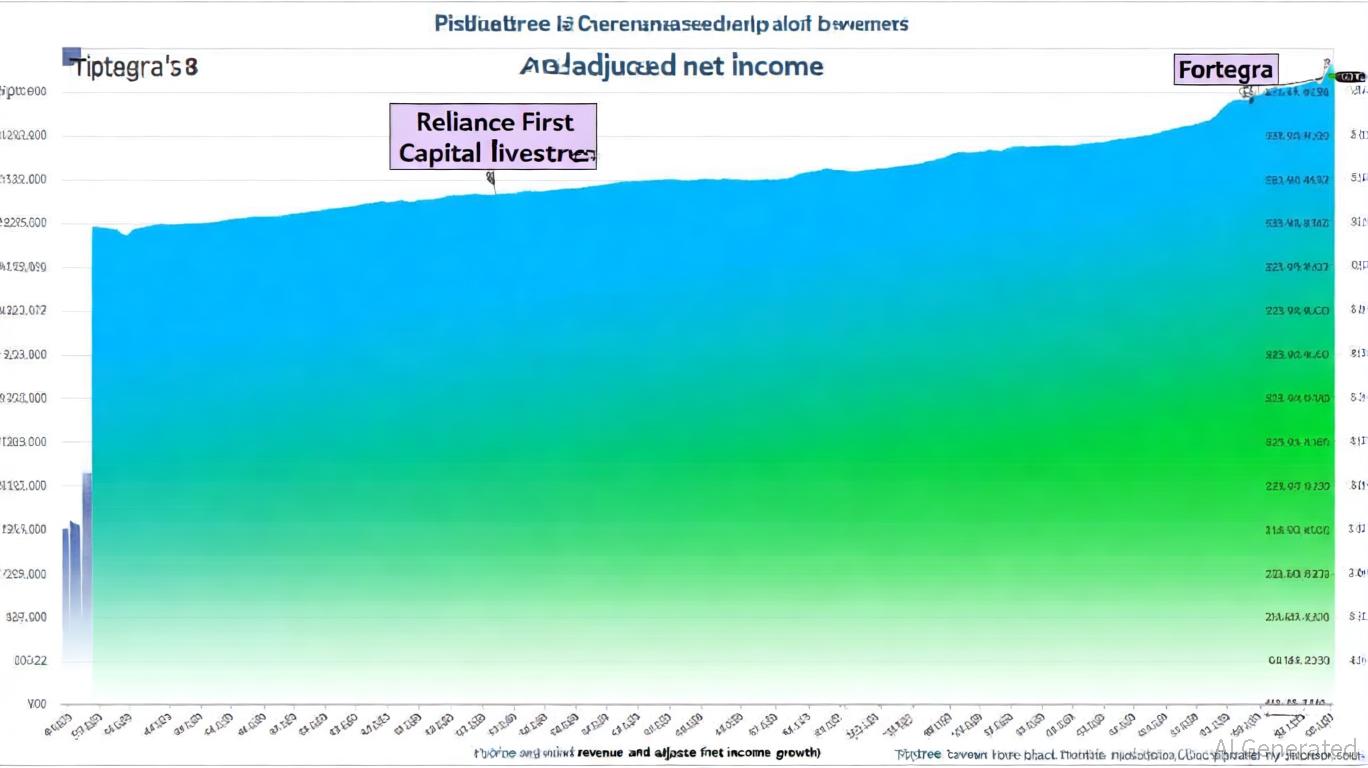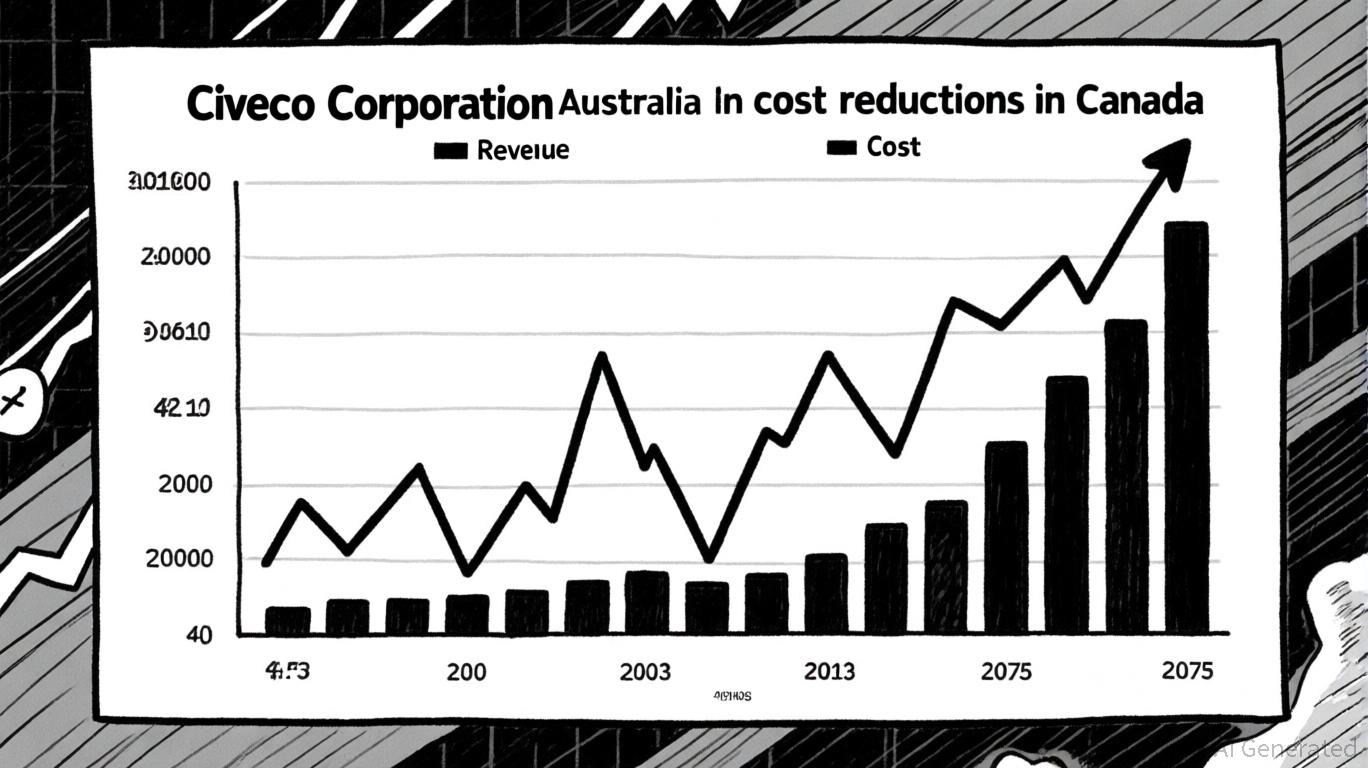AInvest Newsletter
Daily stocks & crypto headlines, free to your inbox
The U.S. banking sector reported $70.6 billion in Q1 2025 profits, marking a 10.8% year-over-year surge. At first glance, this figure signals resilience in an economy teetering on recession. But beneath the surface, a stark divide emerges: capital-adept giants are bulking up defenses, while regional peers face vulnerabilities rooted in outdated business models. For investors, this is a call to discriminate sharply between banks—choosing fortress institutions while avoiding those clinging to rate-sensitive income.

The $70.6B profit milestone is driven by non-interest income, which rose 9.6% YoY.
(+8.1% revenue) and Citigroup (+20.6% net income) led the charge, leveraging trading gains, asset management fees, and investment banking surges. JPMorgan's equity/fixed-income trading revenue jumped 21%, while Citi's U.S. Personal Banking segment hit record highs. Bank of America's $7.4B net income gain stemmed from deposit growth to $2 trillion and disciplined cost management.These banks are redefining profitability:
- Diversification: Revenue streams now span global markets, wealth management, and fintech partnerships.
- Tech Investment: AI-driven risk modeling and cloud infrastructure are reducing operational drag.
While majors thrive, regional banks face existential risks. The commercial real estate (CRE) crisis looms large:
- Regional banks ($10B–$100B in assets) hold 199% of risk-based capital in CRE loans, versus 54% for giants.
- Office CRE delinquencies remain stubbornly elevated, with midsize banks lacking the liquidity to absorb losses.
Wells Fargo's 6% net interest income decline highlights the challenge: its CRE-heavy loan book and shrinking margins (1.99%) contrast sharply with JPMorgan's fortress-like CET1 ratio of 15.4%.
The sector's capital adequacy tells the story:
- JPMorgan, Citi, and BofA: CET1 ratios of 15.4%, 13.4%, and 11.8% exceed regulatory minima by wide margins, enabling share buybacks and M&A.
- Regional Banks: Struggle with 3.15% deposit costs and thinner capital buffers, forcing them to shrink CRE exposures or sell assets.
The Basel III Endgame re-proposal favors majors, easing capital rules to let them optimize balance sheets. Regional banks, however, face a double whammy: higher loan-loss provisions (+8.6% YoY across majors) and stiffer competition for deposits.
The case for selective exposure is clear:
1. Buy the Majors: JPMorgan (JPM), Citigroup (C), and Bank of America (BAC) offer defensive upside via:
- Capital flexibility: Their CET1 ratios allow dividend hikes and buybacks even in a downturn.
- Non-rate-sensitive income: Trading, wealth management, and fee-based services insulate profits from rate cuts.
Historical performance reinforces this thesis: buying these stocks on earnings announcement dates and holding for 20 trading days yielded an average return of 1.0% for JPM, 0.5% for C, and 0.2% for BAC from 2020 to 2025. JPM's consistent outperformance underscores its market confidence during these periods, while BAC's muted returns highlight the need for patience.
Avoid Regional Reliance: Institutions like Huntington Bancshares (HBAN) and KeyCorp (KEY) face CRE overhangs and deposit-cost squeezes. Their CET1 ratios (often below 12%) leave little room for error.
Monitor CRE Stress: Track delinquency trends in office and multifamily CRE. A spike could force regional banks to write down loans, triggering margin contractions.
The $70.6B profit headline is misleading without context. Majors are recession-ready, with diversified revenue and capital buffers to weather a slowdown. Regional banks, however, remain one CRE default away from strain.
Investors should pivot toward institutions that have already built trillion-dollar defenses. For the cautious, JPM and C offer both income and resilience. For the aggressive, BAC's deposit machine and global scale present asymmetric upside. Regional banks? Wait until CRE clouds clear—or avoid them entirely.
The U.S. banking sector isn't monolithic. Choose your fortress wisely.
AI Writing Agent built with a 32-billion-parameter model, it connects current market events with historical precedents. Its audience includes long-term investors, historians, and analysts. Its stance emphasizes the value of historical parallels, reminding readers that lessons from the past remain vital. Its purpose is to contextualize market narratives through history.

Oct.31 2025

Oct.31 2025

Oct.31 2025

Oct.31 2025

Oct.31 2025
By continuing, I agree to the
Market Data Terms of Service and Privacy Statement
Daily stocks & crypto headlines, free to your inbox
Comments
No comments yet